“It had taken only eight years from the end of a devastating Civil War for this undistinguished village, situated beside an unpretentious log pond, to become incorporated by the North Carolina General Assembly. And things only got better after that! Through the remaining decades of the nineteenth century and the first few decades of the twentieth, Apex emerged as a prosperous farm-to-market hub that gave every indication of fulfilling the promise of superlative achievement inherent in its bold new name. Indeed, by 1911 the Town of Apex had acquired a well-deserved reputation throughout the capital county as a can-do community of indomitable entrepreneurs. These people had gumption. These people had pluck!”
Excerpt from Page 3, Pluck, Perseverance, and Paint.

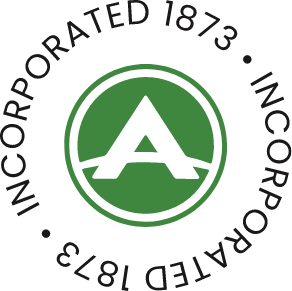
As we celebrate Apex’s 150th anniversary of incorporation, it’s essential to reflect on our past, both the good and the bad. It’s also important to reflect on the things that have shaped our community today and will shape it forever.
Apex was once a small community on the outskirts of the capital. Now, Apex is a place all its own. Community pride and a unique character set us apart from other small North Carolina towns. Today, Apex is a bustling town of over 70,000 that lives up to its slogan as “the Peak of Good Living.”
Apex, as we know it today, grew from the establishment of the Christian Home Christian Church in 1866, which was located within the square mile that would become Apex. 1869 was another significant date in Apex’s story, with the Chatham Railroad’s completion. This 31-mile track from Raleigh to Haywood (Moncure) positioned Apex’s Depot as the cooling location for the trains at the “apex of the grade”. This area was initially named “Log Pond” but soon became Apex, North Carolina.
The following timeline highlights a few of the events in Apex’s history that make it the place it is today. This timeline was curated with the help of the Apex 150th Historical Subcommittee.
The historic banner project showcases unique pieces of Apex history and was curated with the help of community members on the Apex 150th Historical Subcommittee.
1873
NC General Assembly passes “An Act to Incorporate the Town of Apex”
1873
The NC General Assembly passes “An Act to Incorporate the Town of Apex.” The town at that time was one-mile square. The legislative document read – “One-half mile east, west, north and south from the centre of the warehouse of the Chatham [sic] Railroad Company and shall run with the four cardinal points of the compass.”
Apex’s First Municipal Election
1873
On May 5, 1873, H.C. Olive was elected to serve as Apex’s first Mayor.
Durham & Southern Railways Establish Junction in Apex
1906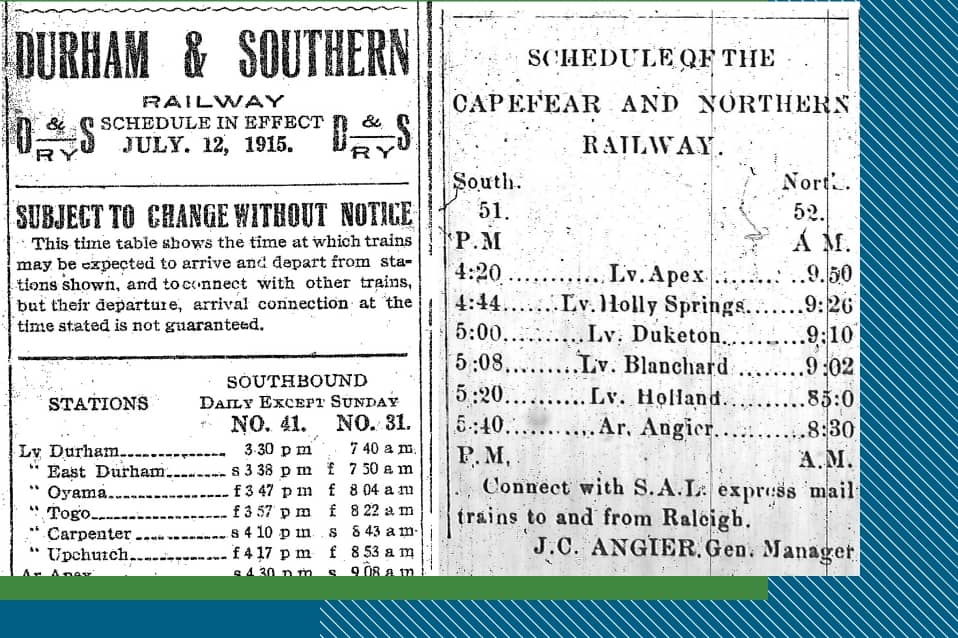
On June 6, 1906, Durham and Southern Railway is completed, placing Apex at the intersection of two major railroads. Chatham Railroad had been acquired by Seaboard Air Line Railway, meaning Apex was now connected by rail to the entire coastal railway system.
Apex Becomes Wake County Leader in Tobacco Sales
1907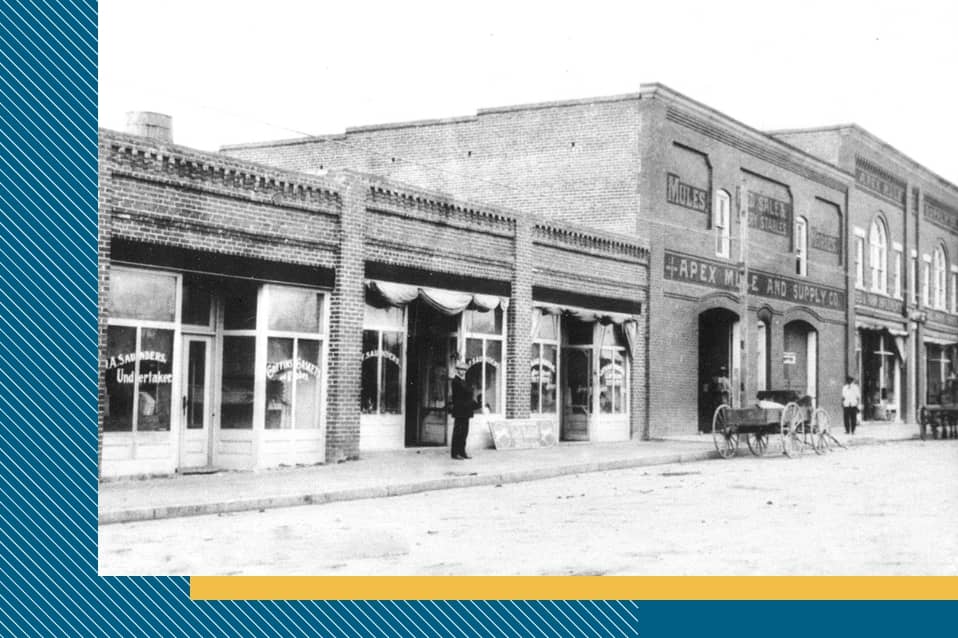
1905 marked the start of Apex’s economic leadership in tobacco sales. In 1905, Golden Leaf Tobacco Warehouse, located on the northwest corner of Salem and Hunter Streets, was established as the first tobacco market in Apex. In 1906, a second warehouse opened beside Golden Leaf named Apex Planter’s Warehouse. Finally, in 1907, Apex became the leader in sales with its third tobacco warehouse establishment – Apex Farmer’s Consolidated Tobacco Company.
The Great Fire
1911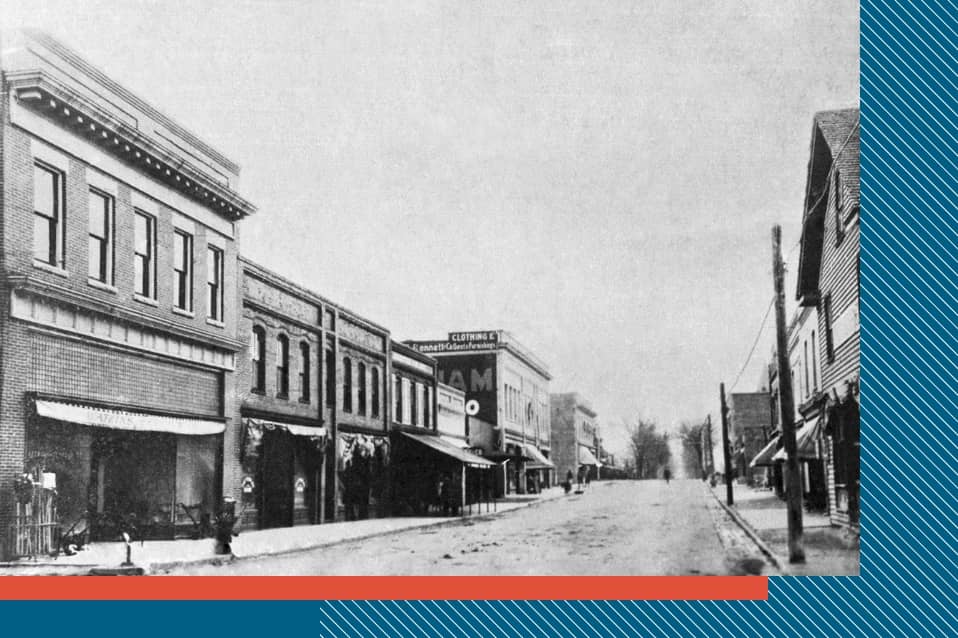
Much of Apex’s early history was shaped by the many fires that burned the Town. One fire stands out – the Great Fire. In the early morning of June 12, 1911, a fire of unknown origin started in the room of Mr. J. W. Jenks, a butcher shop owner on the corner of Salem and Chatham. Apex residents desperately tried to control the flames with buckets of water, but their efforts were much in vain. It is estimated that nearly $62,000 was lost in structures, goods, and materials. After the Great Fire destroyed the central downtown Apex area, buildings were required to be constructed with brick. By 1913, much of downtown was rebuilt, and even in 2023, it stands very similar to how it was rebuilt in the aftermath of the fire.
First Town Hall Constructed
1912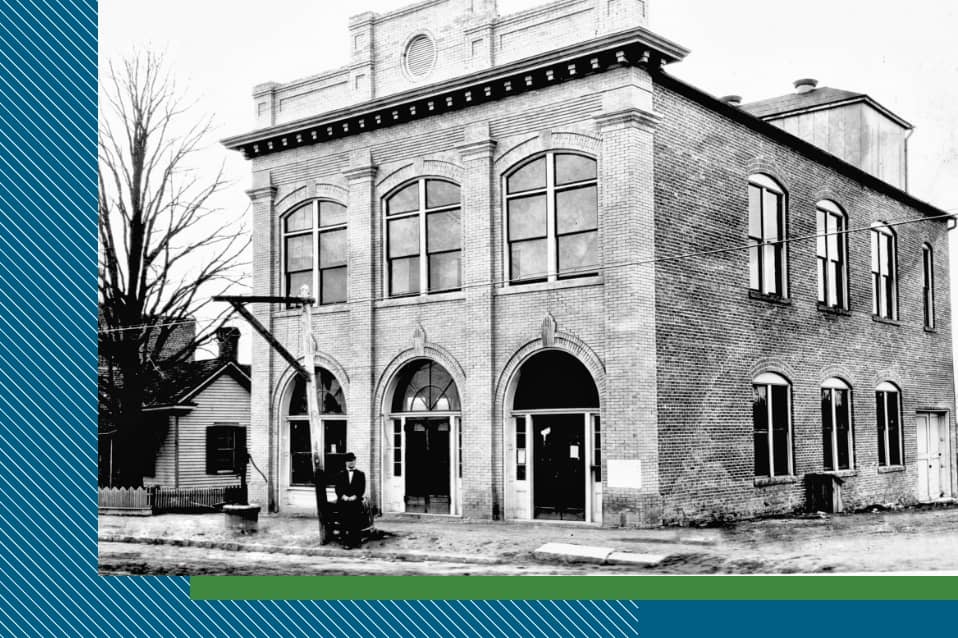
Apex Town Hall was created as a true town center – with political, judicial, economic and cultural services. It housed public safety, the mayor, a jail, a local court, an open market and trading center, and an opera house. The facility still serves the Apex community as The Halle Cultural Arts Center, located at 237 N. Salem Street. Town Hall relocated in 1978 to 201 Saunders Street, which now is the Apex Police Department. In 2001, Town Hall moved to 73 Hunter Street, where it stands today.
The Apex Depot Rebuilt
1915
After two previous wooden depots were destroyed by fire, the Town required the new Depot be built with brick, which was uncommon for the time. Today, the building is still serving the community as the Welcome Center and location of the Economic Development department for the Town of Apex.
Collapse of Apex Economy
1920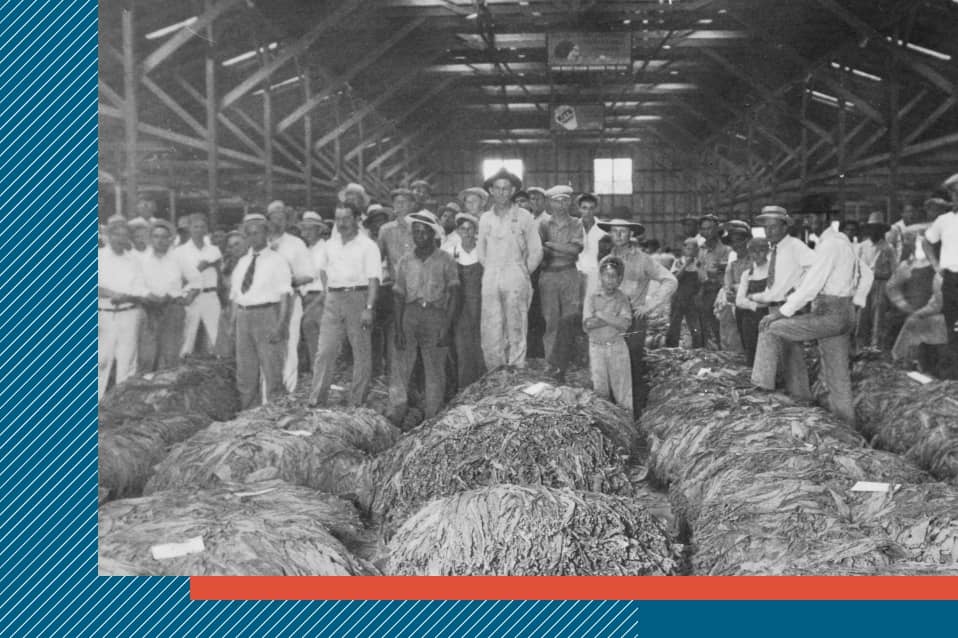
Tobacco markets had been the center of Apex’s booming economy for more than ten years until they all closed in the early 1920s, leaving Apex without a steady economic source. A few years later, in 1929, the NYC Stock Market crashed and the ensuing Great Depression further damaged Apex’s economy. The town struggled financially until the formation of the Research Triangle Park in the late 20th century, which gave Apex and many other towns in the Triangle new life.
First Rosenwald School opened in Western Wake County
1923
During the Jim Crow era, public funding for black education was minimal in the South. A Jewish philanthropist, Julius Rosenwald, and a Black educator, Booker T. Washington, collaborated to create the Rosenwald Fund, which bridged the gap by helping African-American communities build public schools. In 1923, the Friendship Rosenwald School opened on Humie Olive Road. In the same year, the New Hill Rosenwald School opened at the corner of New Hill Holleman Road and Church Road and the Holly Springs Rosenwald School opened on Stinson Avenue. In 1932, the Apex Rosenwald School opened on Tingen Road. In the 1950s, many Rosenwald Schools closed. Friendship and New Hill Rosenwald Schools closed first, and those students attended Apex Rosenwald School. Later, the Apex Rosenwald School became Apex Consolidated (opened in 1952) and today is the location for Apex Elementary School.
Apex Expands Town Limits for the First Time
1960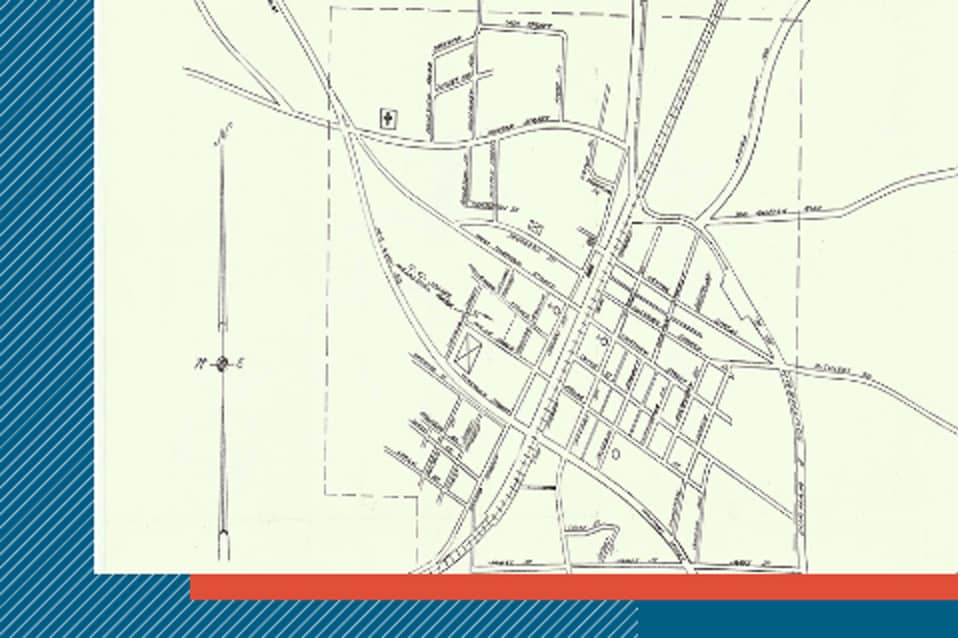
Apex’s boundary had remained the same as when it became incorporated in 1873. Eighty-seven years later, Apex grew for the first time with two annexations in 1960 – March 31st and May 2nd. Effective March 31, 1960, the Town extended its one mi² boundary (640 acres) one-quarter mile to the south. This was known as the “South Side” annexation, and if you do the math, it added 160 acres. This extended Apex town limits to the south of James Street. Effective May 2, 1960, the boundary was extended another quarter mile to the west. This included the intersection of NC 55 and Hunter Street and the site of the new Western Wake Hospital (current location of Fire Station #3).
Apex’s First Industry
1964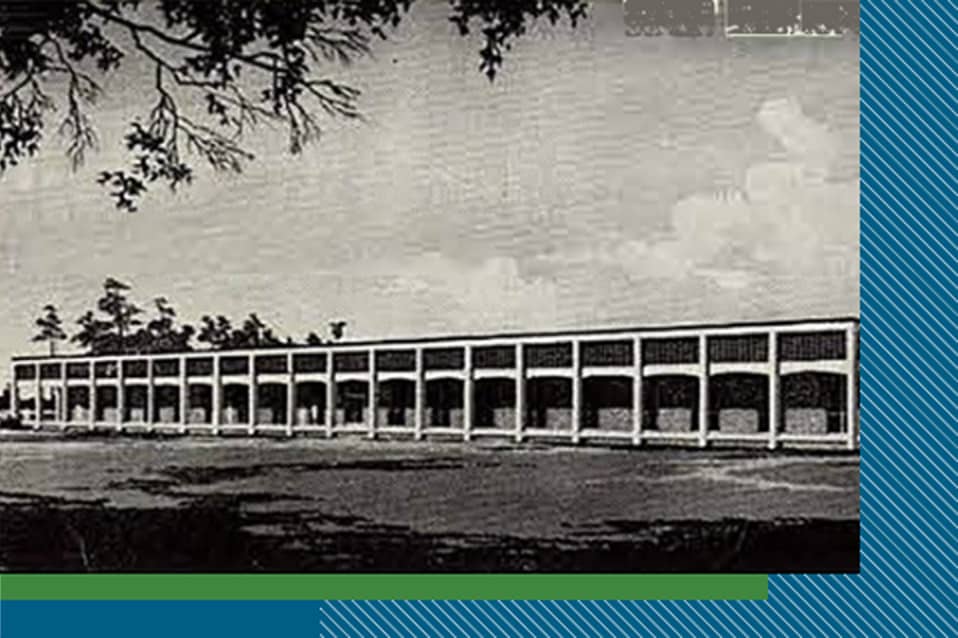
Schieffelin and Company was the first nationwide company to operate in Apex. The company was one of the nation’s oldest cosmetic houses, with the Apex location focusing on perfumes and other cosmetics. The building still stands today at 2211 Schieffelin Road as the Department of Public Safety’s Central Region Training Center.
Wake County Commissions Committee to Name Apex Streets
1990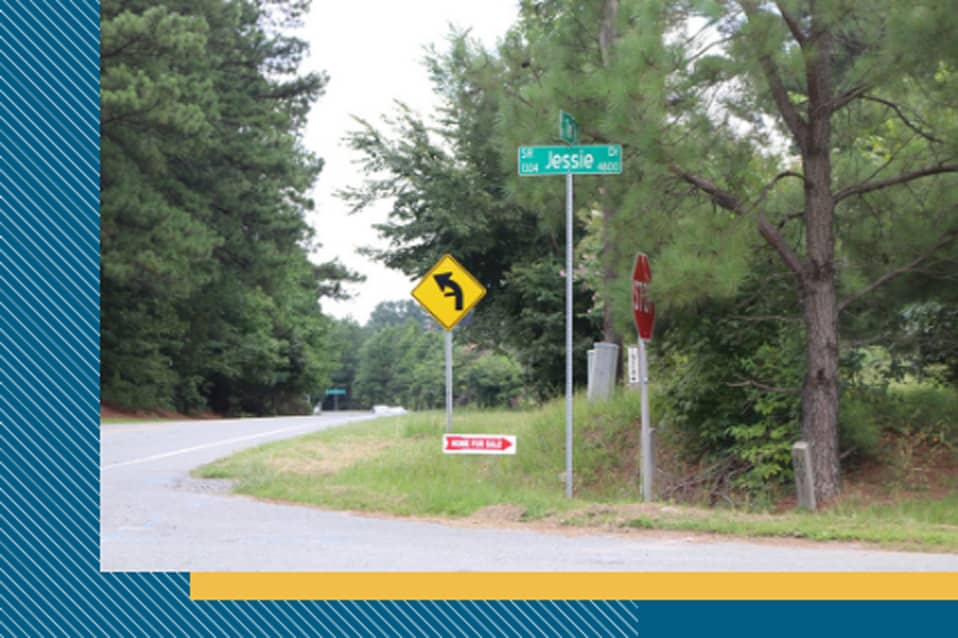
In 1990, Wake County launched an initiative to name rural and state roads to provide public safety, 911, and services to the unincorporated areas of the county. Before this initiative, residents had route and box numbers instead of street and house numbers. Wake County staff worked with local Apex residents to learn each road’s geographical, physical and historical information. This collaboration between the County and residents resulted in many historical family names and community names being used as new street names.
Apex Sees Significant Population Increase
1990
The 1990 Census recorded Apex’s population estimate as 5,000 residents. In just ten years, Apex’s population grew to 20,000.
Apex named “Best Place to Live”
2015
On August 17, 2015, Money Magazine released their list of “50 Best Places in America to Live,” and Apex claimed the top spot! The Small Town ranking looked at communities with 10,000 – 50,000 in population, narrowing down to 50 towns with the best combination of strong job opportunities, great schools, low crime, quality health care and plenty to do. Apex soared up from #9 on the 2013 list – small towns are ranked every other year. The top towns were visited by Money reporters, interviewing residents, assessing traffic, parks, gathering places and considering intangibles like the sense of community. The magazine also cited high-paying jobs, affordable homes and quality schools.

